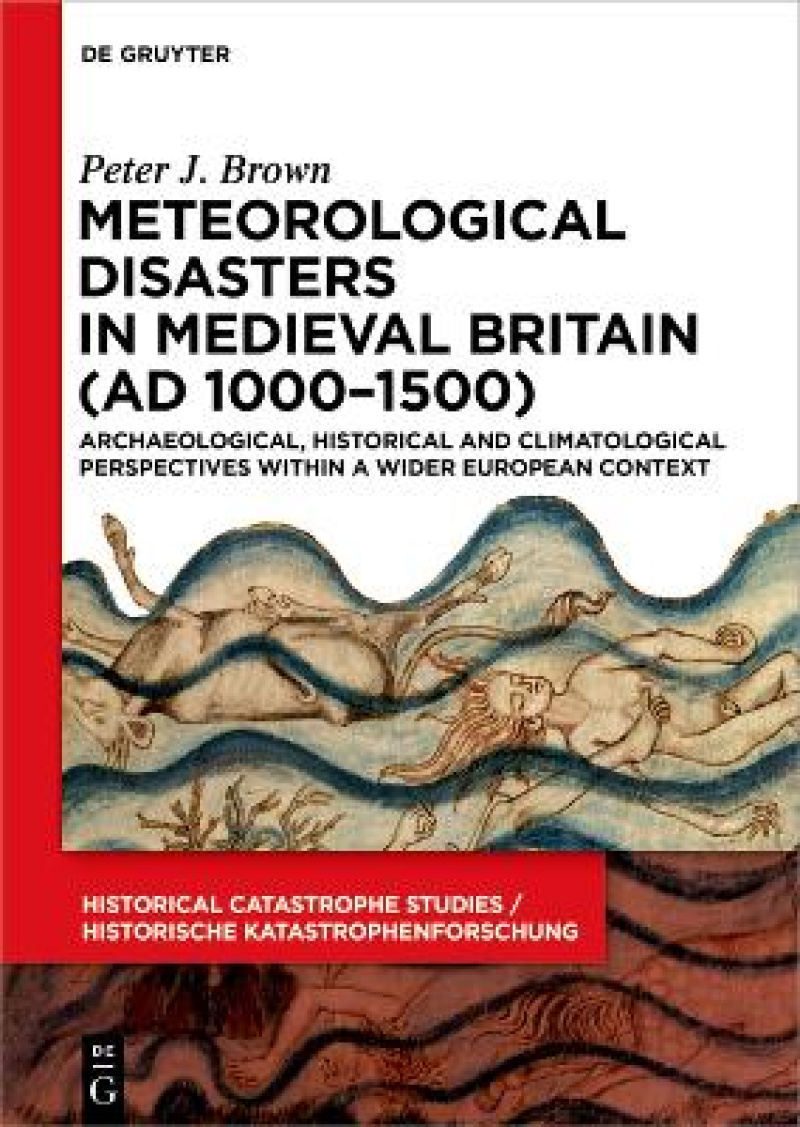When high-magnitude meteorological hazards impact vulnerable human populations, disasters are the inevitable consequence. Through archaeological and historical evidence, this book investigates how these sudden and unpredictable events affected British medieval populations (AD 1000-1500). Medieval society understood disasters in a practical sense and took steps to minimise risk by constructing flood defences and reinforcing structures damaged by storms. At the same time, natural hazards were widely interpreted through a framework of religious and superstitious beliefs and a wide variety of measures were followed to secure protection against the dangers of the natural world. Disasters, therefore, were interpreted through a duality of understanding in which their occurrence could be the result of spiritual or superstitious triggers but practical solutions were a key component in mitigating their tangible impacts. In evaluating this duality, this book focuses on specific case studies and considers both their diverse historical contexts as well as their consequences for society against the backdrop of significant demographic and climatic change—as a result of the Black Death and the transition to the Little Ice Age.
Produktdetaljer
Om bidragsyterne
Peter J. Brown, Radboud University, Nijmegen, the Netherlands
